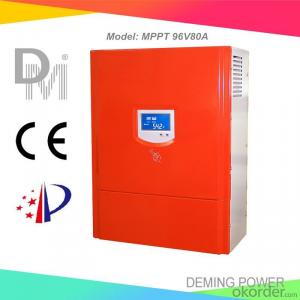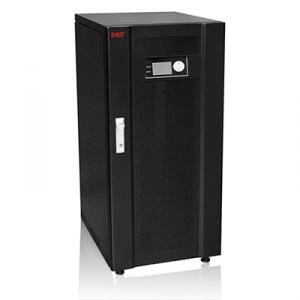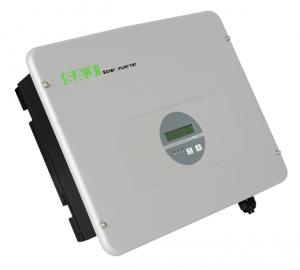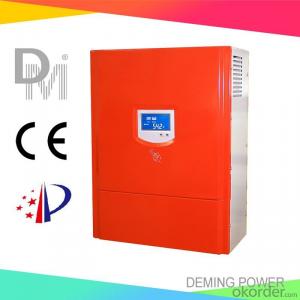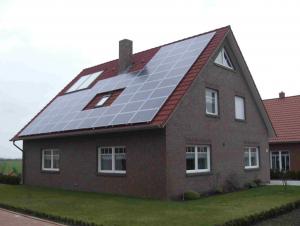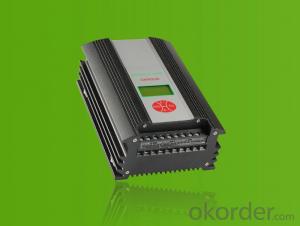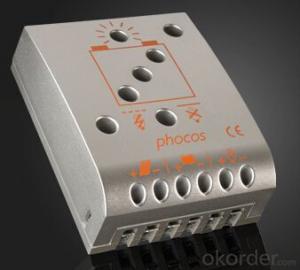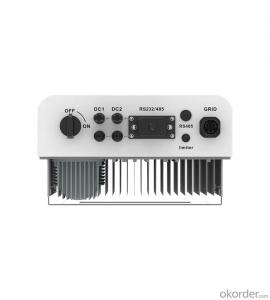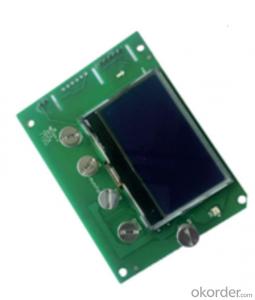Mppt Inverter For Solar System
Mppt Inverter For Solar System Related Searches
Mppt Solar Inverter Mppt Solar Power Inverter Mppt Based Solar Inverter Mppt Inverter Solar Mppt Solar Pump Inverter Best Mppt Solar Inverter Mppt Hybrid Solar Inverter Mppt Solar Hybrid Inverter Microtek Mppt Solar Inverter 12v Mppt Solar Inverter Mppt Solar Inverter Charger China Mppt Solar Inverter Mppt Solar Inverter Price Dual Mppt Solar Inverter 24v Mppt Solar Inverter Mppt Solar Inverter 24v 24 Volt Mppt Solar Inverter Mppt Solar Inverter 48v 1kw Mppt Solar Inverter Apollo Mppt Solar Inverter Mpp Solar Power Inverter 2kw Mppt Solar Inverter Mpp Solar Inverter 3 Mppt Solar Inverter 5kw Mppt Solar Inverter 2kva Mppt Solar Inverter Mppt Solar Inverter 12 Volt 5kva Mppt Solar Inverter 3kva Mppt Solar Inverter Mpp Solar Charger InverterMppt Inverter For Solar System Supplier & Manufacturer from China
Mppt Inverter For Solar System is a crucial component in solar energy conversion systems, designed to optimize the performance of solar panels by tracking and adjusting to the maximum power point of the photovoltaic array. This advanced technology ensures that the solar system operates at its peak efficiency, maximizing energy output and reducing energy loss.In various applications, the Mppt Inverter For Solar System plays a vital role in harnessing solar energy for residential, commercial, and industrial purposes. It is widely used in off-grid systems, grid-tied systems, and hybrid systems, making it an essential piece of equipment for those looking to harness the power of the sun. By efficiently converting the direct current (DC) generated by solar panels into alternating current (AC), it enables the seamless integration of solar power into existing electrical systems, powering homes, businesses, and even electric vehicles.
Okorder.com is a reputable wholesale supplier of Mppt Inverter For Solar System, boasting a large inventory of high-quality products to cater to the diverse needs of customers worldwide. With a commitment to providing top-notch service and support, Okorder.com ensures that customers receive reliable and efficient solar inverters at competitive prices. Their extensive range of Mppt Inverter For Solar System products is designed to meet the specific requirements of various solar energy projects, making them a trusted partner for those seeking to invest in sustainable and eco-friendly energy solutions.
Hot Products










